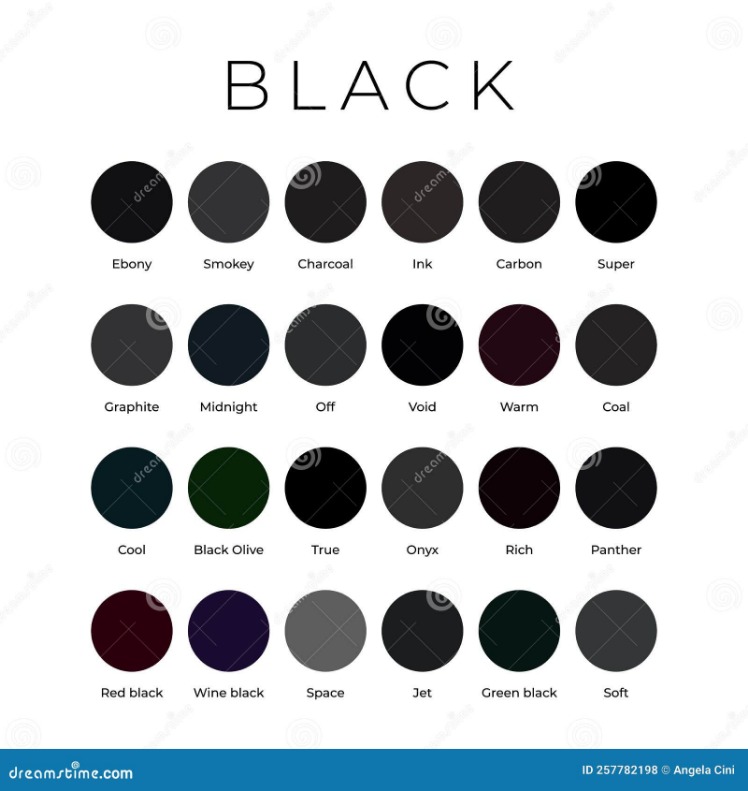
Brokers acquire stolen credit card numbers in bulk or wholesale before reselling them to carders. The ease of obtaining a black market credit card is concerning, with some sellers offering them for as little as $10. This low cost makes it accessible to a wide range of individuals, including those who may not have the means to obtain a legitimate credit card.
The credit card dump industry presents a significant threat to the American financial industry, with Symantec estimating the value of stolen credit cards and bank accounts in the underground markets to be around $7 billion in 2008. Carding shops are a type of dark web marketplace that hosts the trade of credit cards and other stolen financial information. These platforms serve as hubs for cybercriminals to buy and sell compromised payment card details.
Physical cards are usually cloned from details stolen online, but can be used to withdraw from ATMs. Because the merchant requires equipment to clone the card and must send the buyer a physical product complete with PIN number, the price for cloned cards is much higher. AllWorld.Cards appears to be a relatively new player to the market for selling stolen credit-card data on the Dark Web, according to Cyble. “Our analysis suggests that this market has been around since May 2021 and is available on a Tor channel as well,” according to the post. Monitoring the activity on these platforms is crucial for fraud detection, brand protection, and financial intelligence. Because of the level of anonymity, these sites allow cybercriminals, it is critical to use powerful dark web monitoring tools, such as Webz.io’ Lunar, to track emerging financial and reputational threats.

Understanding Credit Card Fraud On The Dark Web
This incident underscores the persistent threat posed by dark web marketplaces like B1ack’s Stash, highlighting the critical need for enhanced cybersecurity measures to protect both individuals and organizations from such illicit activities. For instance, cybercriminals can buy credit card details with a $5,000 balance for just $110. Carder markets have a history of dumping credit card details to create interest in their services, a tactic known as the “Repeat Strategy”. Credit card dumps can occur through various methods, including skimming, where an illegal card reader copies data from a credit card, often hidden in a legitimate ATM or gas station pump. This anonymity provides a sense of security for both buyers and sellers, but it also makes it challenging for authorities to crack down on credit card dumps fraud. Criminal charges such as identity theft, fraud, or computer crimes can result in imprisonment, fines, probation, or a combination of these penalties.

Securing Virtualized Environments – Hypervisor Security Best Practices
According to the “base” name for all stolen cards sold at this card shop, the proprietor sells only cards stolen in the Target breach. The Google hacks, popularly known as Google dorks for credit card details,48 are also used often in obtaining credit card details. It is important to note that the consequences can extend beyond legal penalties. Individuals convicted of credit card dump activities may also face reputational damage, making it difficult to secure employment, obtain credit, or maintain personal relationships. The threat actors announced the credit card dump yesterday on new URLs BidenCash launched late last month in response to DDoS (distributed denial of service) attacks, so it could be a way to promote the new shop domains. Sometimes hackers will commit “card-present fraud” by breaching the point of the sale at a physical store.
Top Dark Web Marketplaces Of 2025: A Deeper Dive Into Illicit Trade Markets
That password unlocked the credit histories and personal information of many Sears customers that would subsequently be used to obtain their credit card numbers. Most recently, credit card dump attacks have been happening on a larger scale, sometimes affecting millions. Criminals will target a company’s computer database containing credit card data and copy all the information. Once they finish the process, the thieves will often sell that information to buyers on the black market or use it for personal gain.
Group-IB’s cybercrime research unit has detected two major leaks of cards relating to Indian banks in the past several months. Adding fullz to a card purchase increases the price by about $30 for a physical card and under a dollar for digital card info. Vendors sell additional information about the cardholder, known as “fullz”, which includes the cardholder’s social security number, street address, birth date, and more.
History Of Dark Web Marketplaces
By making it harder for black market sellers to operate, card issuers hope to reduce the number of stolen credit cards on the market. Without checking for it, you can’t be sure that a gas pump or ATM doesn’t have a skimming device. In addition, no company is entirely immune from hackers stealing information.
Category #2: Details Needed For Physical Fraudulent Use
The cards were published on an underground card-selling market, AllWorld.Cards, and stolen between 2018 and 2019, according to info posted on the forum. Since Real and Rare serves vendors as well as consumers, it offers its users a referral program that provides them with their own personal referral URLs, which they can hand to new users and get a 10% commission for every purchase they make. This is how the site admins encourage users to post their stolen credit card details on their site first. It is important to note that credit card dumps are illegal and highly unethical. Engaging in such activities carries severe legal consequences and can lead to serious financial damage to both individuals and financial institutions. A credit card dump refers to the unauthorized acquisition of credit card information, including the cardholder’s name, credit card number, expiration date, and sometimes even the CVV (Card Verification Value) code.
‘Fullz’, ‘Dumps’, And More: Here’s What Hackers Are Selling On The Black Market
The breach was part of a larger effort in which data from over 150 million users was also stolen. The company ultimately reached a roughly $1 million settlement with its customers over the incident. This type of crime has existed for decades, but it has seen wider public awareness in recent years due to the rising prevalence of credit card forgeries, identity theft, and other types of cybercrime.

- Quality and validity of the data it provides justify its higher cost over other marketplaces.
- Dark web monitoring platforms, such as Lunar, provide an automated solution to safeguard personal identifiable information (PII) and credit card details.
- STYX Market focuses specifically on financial fraud, making it a go-to destination for cybercriminals engaged in this activity.
- AllWorld.Cards took a similar approach in August 2021, leaking details for more than 1 million cards obtained from 2018 to 2019.
- Many of the cards for sale on BriansClub are not visible to all customers.
- We recognize this has been confusing and disruptive during an already busy holiday season.
Our analysis showed that 42,310 of these stolen cards were unique or first observed in the Argos intel collection. For that insight, I spoke with Gemini Advisory, a New York-based company that works with financial institutions to monitor dozens of underground markets trafficking in stolen card data. The admin hasn’t yet responded to follow-up questions, such as why BriansClub chose to use my name and likeness to peddle millions of stolen credit cards. An ad for BriansClub has been using my name and likeness for years to peddle millions of stolen credit cards. Active for a decade since 2014, it is a widely used credit card shop used to source stolen credit card information such as dumps, CVVs, Wholesale Accounts.

Some threat actors aim to recruit attackers or buy data, as seen in posts on the dark web. Threat actors have various motives for distributing sensitive data, with some looking to sell or share finance-related data. These threat actors also look to recruit other attackers or buy data, further highlighting the complexity of the issue. Their motives are varied, but often involve distributing sensitive data for financial gain. Threat actors in the dark web have been known to post about selling or sharing finance-related data, as discovered by SOCRadar in the first eight months of 2022.

One of the largest known underground shops, Joker’s Stash, generated more than $1 billion before getting shut down in February, according to Gemini Advisory. A 2019 data leak of another shop, BriansClub — which appears to have been by a competitor, according to Threatpost —shows how pervasive this trend has become. Liked this story and want to learn more about how carding shops operate?
In addition, most credit card companies will not charge you for unauthorized purchases as they have a “zero liability” policy. In one of the most infamous data breaches, hackers stole credit card information from approximately 40 million Target customers. Malware installed on POS terminals captured payment card data during transactions. A credit card dump is a digital collection of data that is extracted from the magnetic stripe or chip of a credit card using skimming devices or malware. This data can include the cardholder’s name, card number, expiration date, CVV code, and sometimes the PIN.



